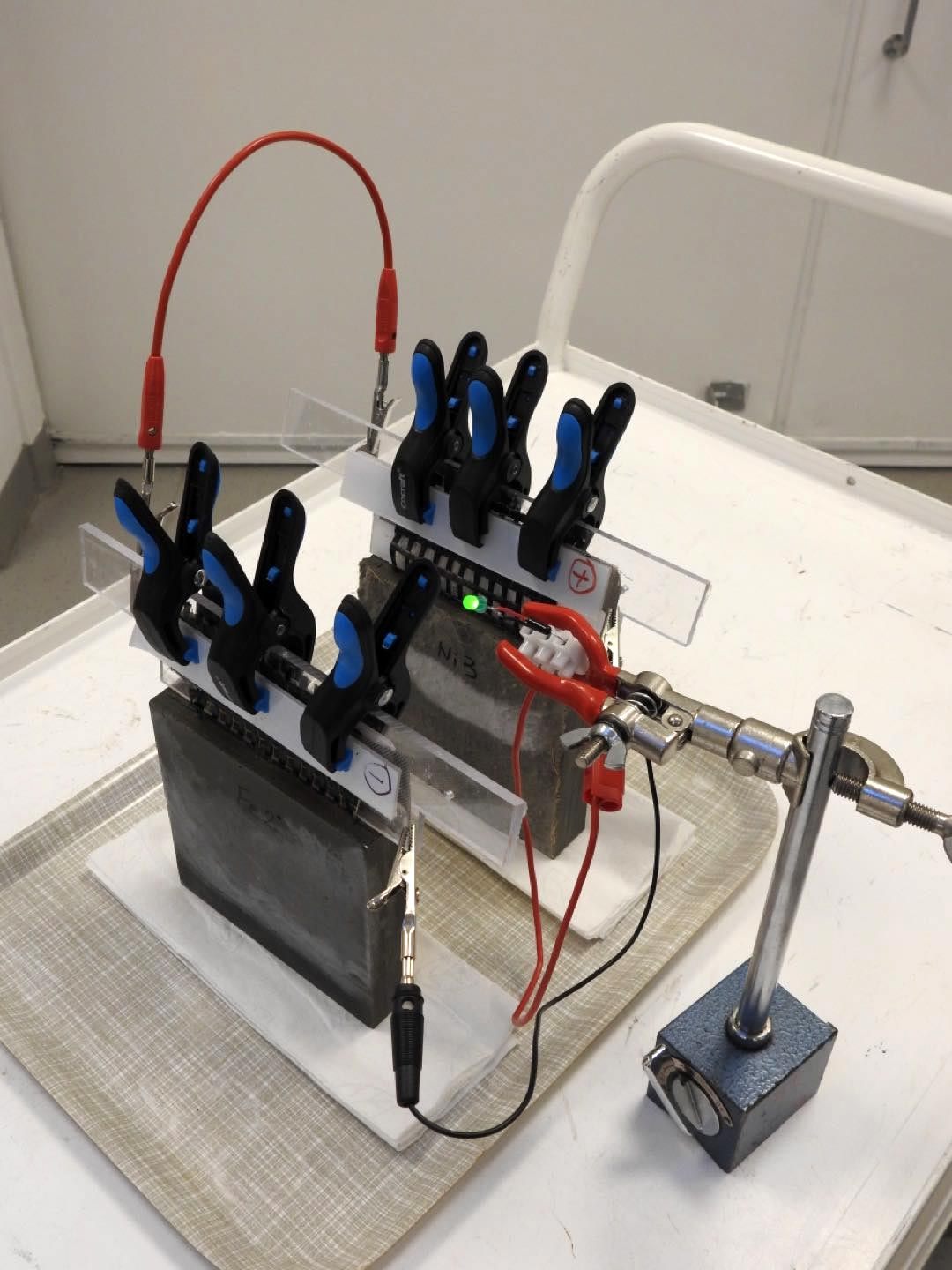World First Rechargeable Cement-Based Batteries
Can you even imagine an entire building storing energy like a giant battery?
Rechargeable Cement-based Batteries: the Future Is Here?
The growing need for renewable energy and sustainable building material is increasingly becoming a challenge for cement manufacturers and researchers.
But in a time when they are needed the most, researchers in Sweden have come up with a new concept for charging batteries.
In fact, several years ago, Doctor Emma Zhang, formerly of Chalmers University of Technology, Sweden, joined Professor Luping Tang’s research group to search for a clever way to store energy in cement.
The hunt for building materials that can produce the desired result begun.
Together they have now succeeded in developing a concept that could turn an entire building into large-sized batteries.
Fascinating!
Coupled with solar power, cement-based batteries could turn buildings and bridges into gigantic powerhouses that could provide sufficient lighting for skyscrapers and other systems even during sunset.
According to reports, cement company could have found a way to reduce the carbon footprint of future infrastructure.
Technology is evolving daily and scientists are not relenting in the type of innovation they bring our way.
According to Emma Zhang, this particular idea is also rechargeable and has never been explored before.
At first, the results from earlier tests and studies showed very low performance; however, with persistence and hard work, this concept is proven.
After series of experiments, the researchers now boast a prototype at a lab scale.
The world-first concept involves:
• a cement-based mixture – small amounts of short carbon fibres are added to make it tougher and more conductive, and then
• a metal-coated carbon-fibre mesh is embedded within the mixture – iron is used for the anode while nickel serves as the cathode
Both Emma Zhang and Luping Tang’s research has successfully invented a rechargeable cement-based battery with an average energy density of 0.8 Watthours per litre or 7 Watthours per square meter.
The energy density of this invention, which is used to express the capacity of the battery, could be 10X more than that of earlier attempts at concrete batteries.
At 7 Watthours per square meter, the energy density is still low in comparison to commercial batteries, however, considering the large volumes of these batteries when used in buildings, this limitation can be overcome.
What does this World-First Concept for Rechargeable Cement-Based Battery Solve?
The science moguls took to account that buildings are some of the largest energy consumers in the world – consuming 1/3rd of all energy globally.
The downside is that it generates around 40% of carbon emissions globally, according to the International Energy Agency.
Not even air-conditioning can solve this because, with a warming climate, A.C.s will likely increase the carbon footprints of buildings.
The cement-based battery is a way to make buildings sustainable and self-sufficient.
This is because they do not use materials that have plagued battery technologies.
These batteries are non-toxic and have non-risky supply chains/ethical mining issues. Plus, the materials used are inexpensive.
The fact that this new cement battery is rechargeable makes it more interesting.
Not only is energy storage the most obvious possibility, the researchers see a wide range of applications including:
• providing 4G connections in remote areas
• monitoring systems in bridges or highways where sensors can detect cracking
• serving as cathodic protection against corrosion in concrete infrastructure
• powering LEDs with sensors
Although the idea is still in its early state, cement-based batteries would offer an alternative solution to the energy crisis.
Emma Zhang comments: “We have a vision that in the future this technology could allow for whole sections of multi-story buildings made of functional concrete. Considering that any concrete surface could have a layer of this electrode embedded, we are talking about enormous volumes of functional concrete.”
Potential Challenge
By providing a large volume of energy storage, the concept of using structures and buildings in a sustainable way could be revolutionary.
However, the unsolved puzzle before commercialization remains how to extend the service life of the battery.
According to Emma Zhang, “Since concrete infrastructure is usually built to last fifty or even a hundred years, the batteries would need to be refined to match this or to be easier to exchange and recycle when their service life is over. For now, this offers a major challenge from a technical point of view.”.
But the researchers are hopeful that their innovation has a lot to offer.
“We are convinced this concept makes for a great contribution to allowing future building materials to have additional functions such as renewable energy sources,” concludes Luping Tang.
The Bottom Line
If someone told you that a new concept for rechargeable batteries – composed with cement – would be possible in the next coming years, I bet many, including cement suppliers, would doubt like Thomas.
This is crazy science. Can you even imagine an entire building storing energy like a giant battery?
Well, welcome to the new reality.
